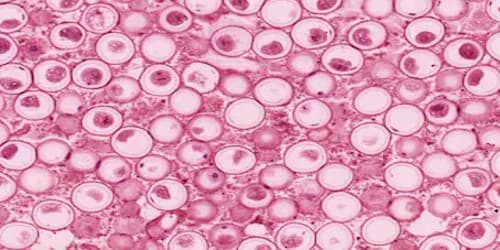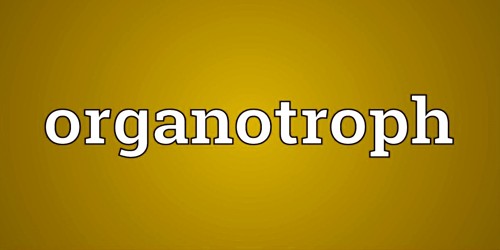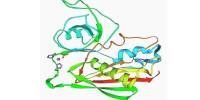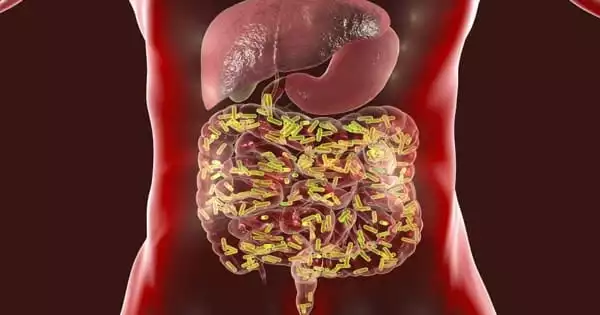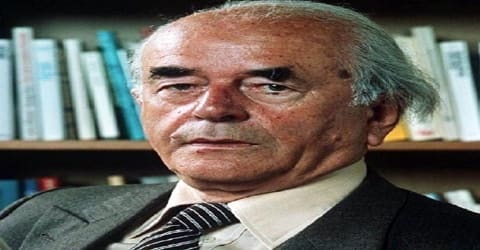Tissues form part of an organ in plants or animals. They are groups of cells that have a similar structure and act together to perform a specific function. They are groups of cells that work together to do a job in the body. The term tissue is used to describe a group of cells found together in the body. They are a group of cells having the same origin, structure, and function. The cells look the same or almost the same. The work the cells in a tissue do is the same or almost the same. Human body tissue consists of groups of cells with a similar structure working together for a specific function.
The four main kinds are:
- connective tissue – Holding our body parts together and providing support are the main jobs of this tissue. It is found in between all the other tissues and organs in the body.
- muscles – They are made up of excitable cells that are long and fibrous. They comprise all the muscles in the body, and the specialized nature of the tissue is what allows muscles to contract. These cells are ready for contraction, or the activation of tension in our muscles, making it possible for us to move our body parts.
- nerve – They are found within the nervous system and is made up of unique specialized cells. It is made up of neurons, which are nerve cells, and neuroglia, which are cells that help nerve impulses travel. Like electrical circuits, the nervous system transmits signals from nerves to the spinal cord and brain.
- epithelial tissue – These cells can be flat, cuboidal, or columnar. They cover the surfaces of organs including the skin, the trachea, the reproductive tract, and the digestive tract’s inner lining. They are joined tightly together, making a single or stacked continuous sheet.
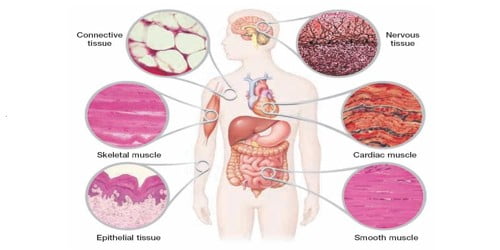
Organs are made up of more than one kind of tissue. Groups of tissues make up organs in the body such as the brain and heart. The heart is an organ. It is made up of different tissues. It has muscle tissue called myocardium. Cells make up tissues, tissues make up organs, and organs make up organ systems. It has connective tissue on the inside (endocardium), and on the outside (pericardium). The heart has valves that make sure the blood goes the right way through the heart. So the heart is an organ made from several tissues. The function of an organ system depends on the integrated activity of its organs.
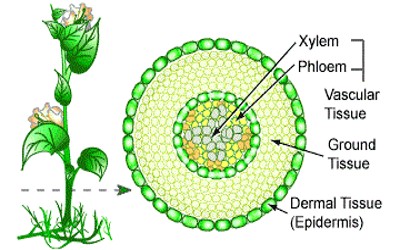
In plants, tissues are divided into three types: vascular, ground, and epidermal.
- Vascular tissues in plants transport substances throughout the different parts of the plant.
- Ground tissue is made up of all cells that are not vascular or dermal.
- The epidermis is made up of a single layer of cells that covers a plant’s roots, stems, leaves, and flowers.
The study of the structure of tissues under a microscope is called histology.
